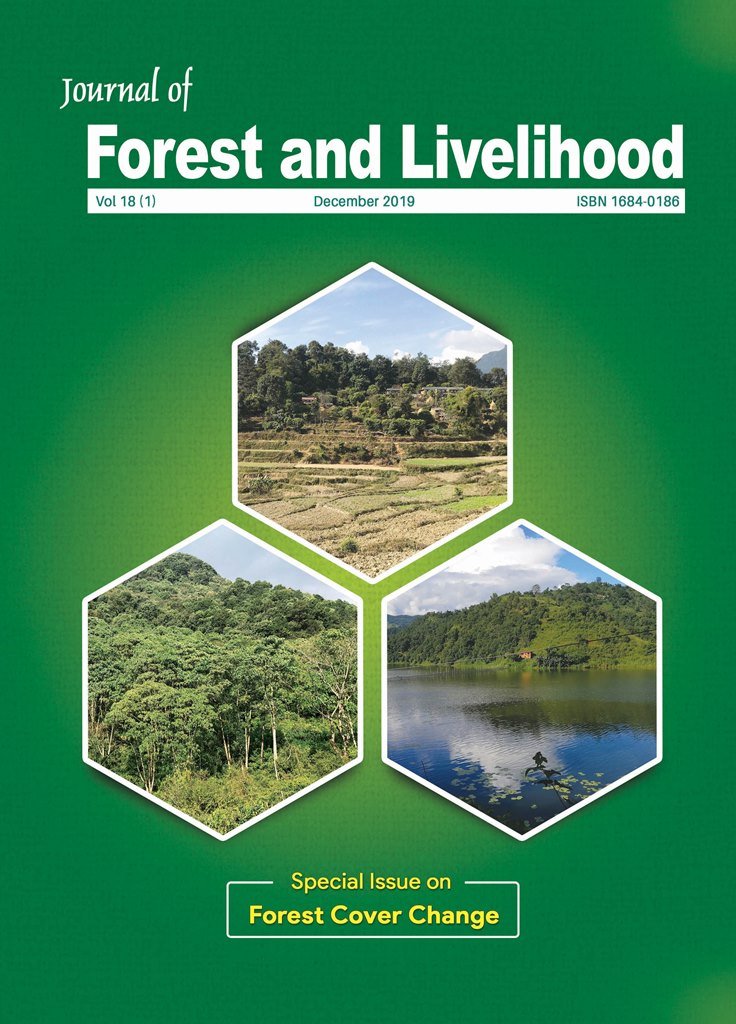Mapping and Modelling of Land Use Change in Nepal
DOI:
https://doi.org/10.3126/jfl.v18i1.59621Keywords:
Land use change, Landsat Modelling, Object based image analysisAbstract
Land use changes are a common occurrence resulting from different factors in Nepal. There is a need for better understanding of the temporal and spatial change dynamics of land uses as well as their future projections. This paper assesses the land use change and its impact on carbon stocks and provides future scenarios of land use changes and their impacts on carbon stocks. The methods involved classification of medium resolution satellite image using Object Based Image Analysis (OBIA) techniques, analysis of the change across three time frames,modelling the future land use, and assessment of the impacts on carbon stocks. OBIA was used for the image segmentation and image classification for the assessment of land uses present in two different periods i.e. 2010 and 1990. The classification of the images was carried out using the spectral characteristics of the Landsat images. Image indices, i.e., Vegetation Index were used for land use classification.
The land use changes over time and space was analysed using Geographical Information System (GIS) overlaying techniques. A future scenario model was prepared using Land Change Modeler of IDRISI software. The study has focused on the land use changes and their future projection based on the potential transition of the land uses. The comparison of land use maps from 1990 to 2010 shows that the different pattern of annual land use changes in different districts such as forest areas are increasing at annual rate of 0.3 per cent in Rasuwa, 2.3 percent in Gorkha and 0.6 per cent in Chitwan. Similarly, the agricultural land is decreasing at the annual rate of 0.2 per cent in Rasuwa, 2.4 per cent in Gorkha and 0.8 per cent in Chitwan. Likewise, the future projection of land uses in all the three sites was made using the previous land use pattern and driving forces. There was a 0.1 per cent change annually in forest coverage
in both Gorkha and Rasuwa whereas Chitwan showed higher rate of forest cover change of 0.2 per cent annually.
Downloads
Downloads
Published
How to Cite
Issue
Section
License

This work is licensed under a Creative Commons Attribution-NonCommercial 4.0 International License.
CC-BY-NC: This license allows reusers to distribute, remix, adapt, and build upon the material in any medium or format for noncommercial purposes only, and only so long as attribution is given to the creator.





